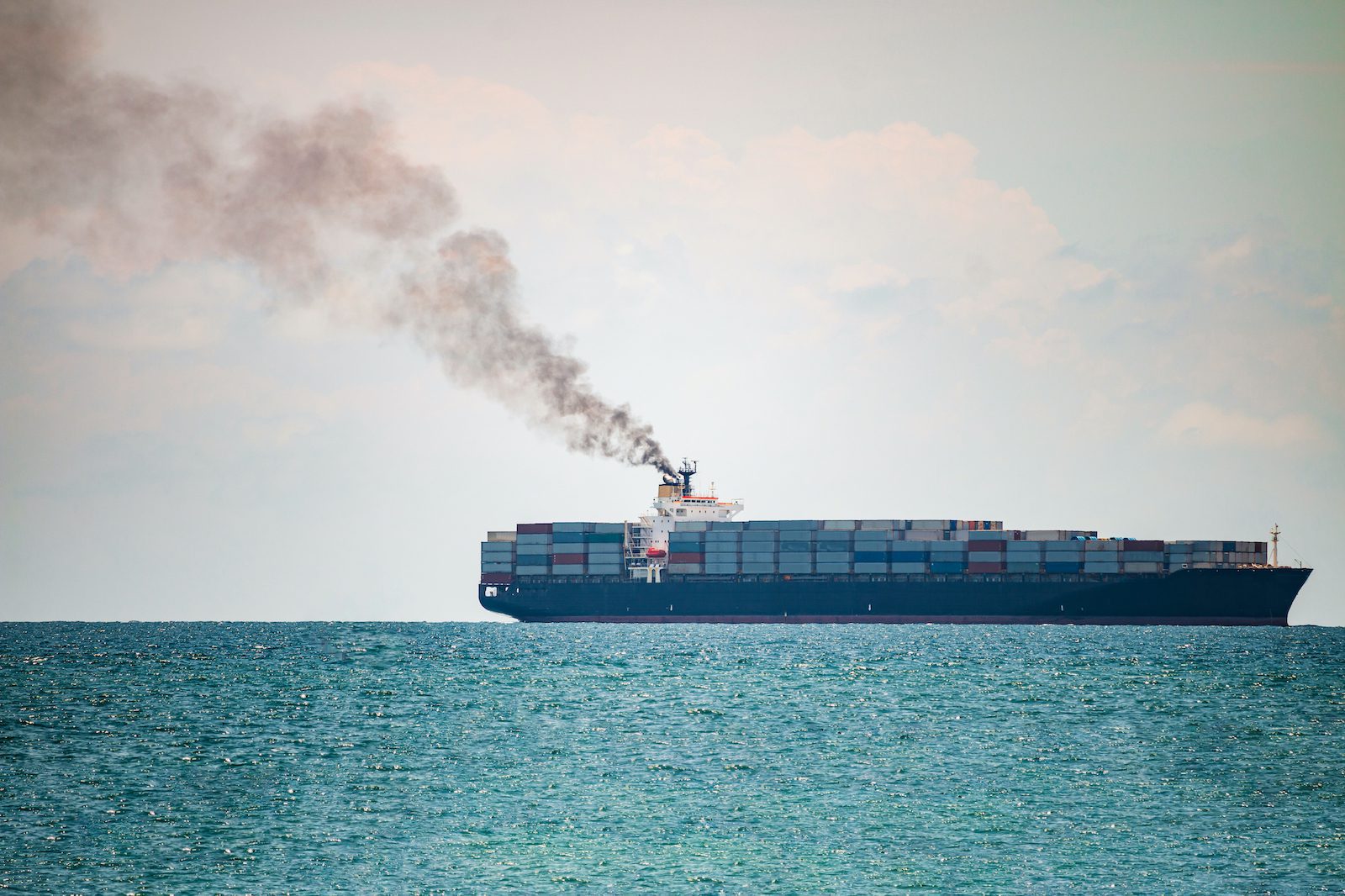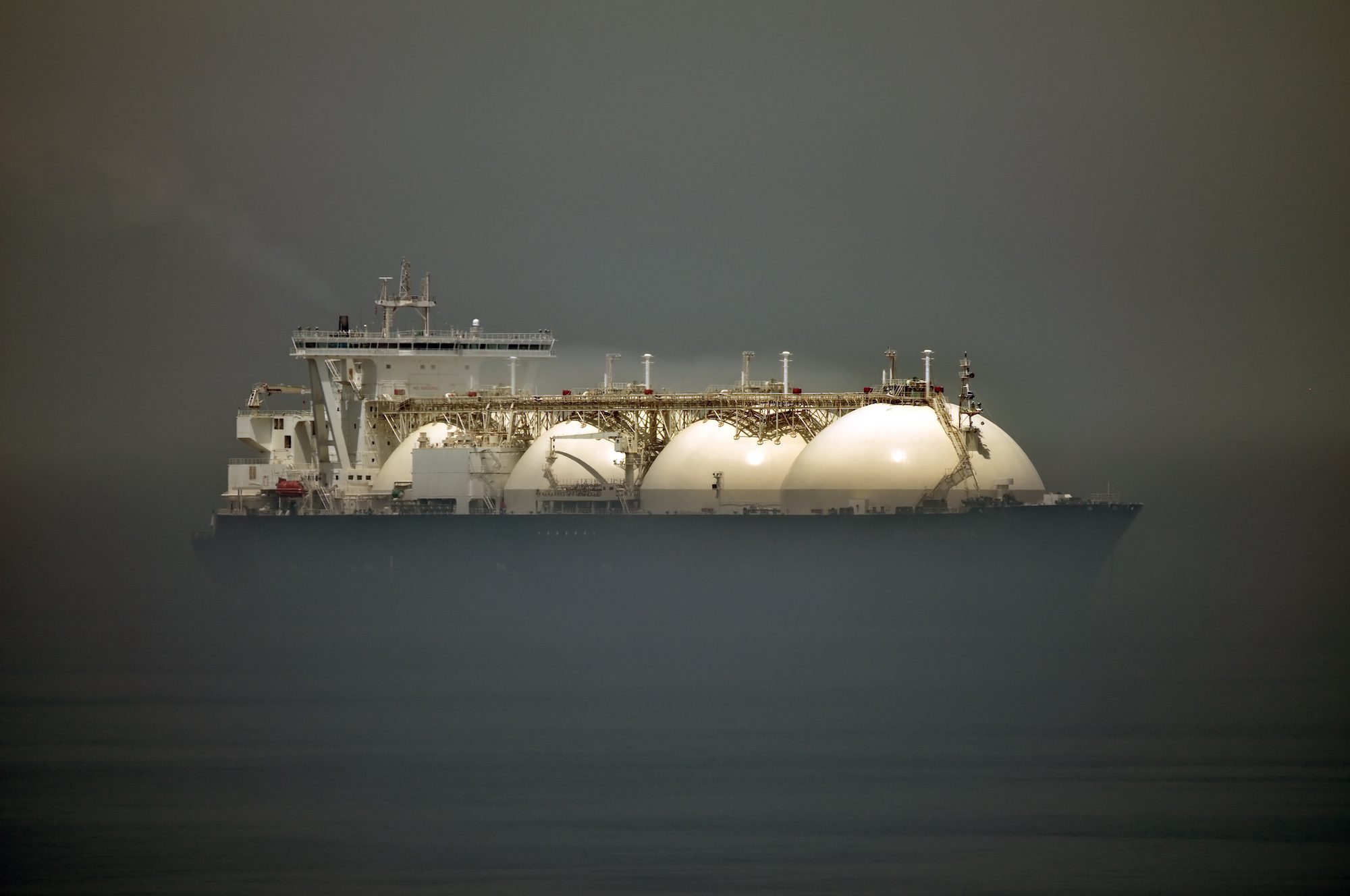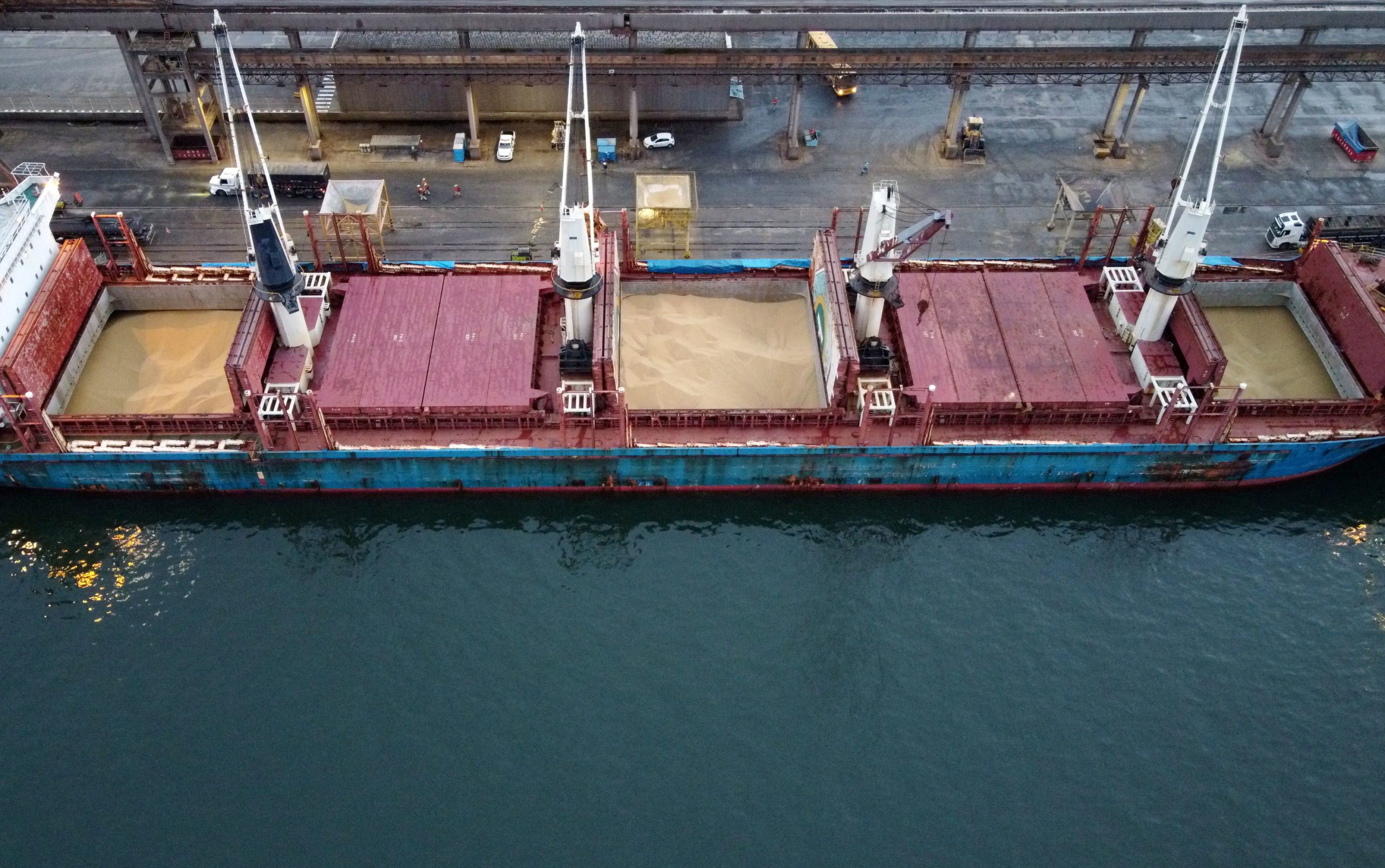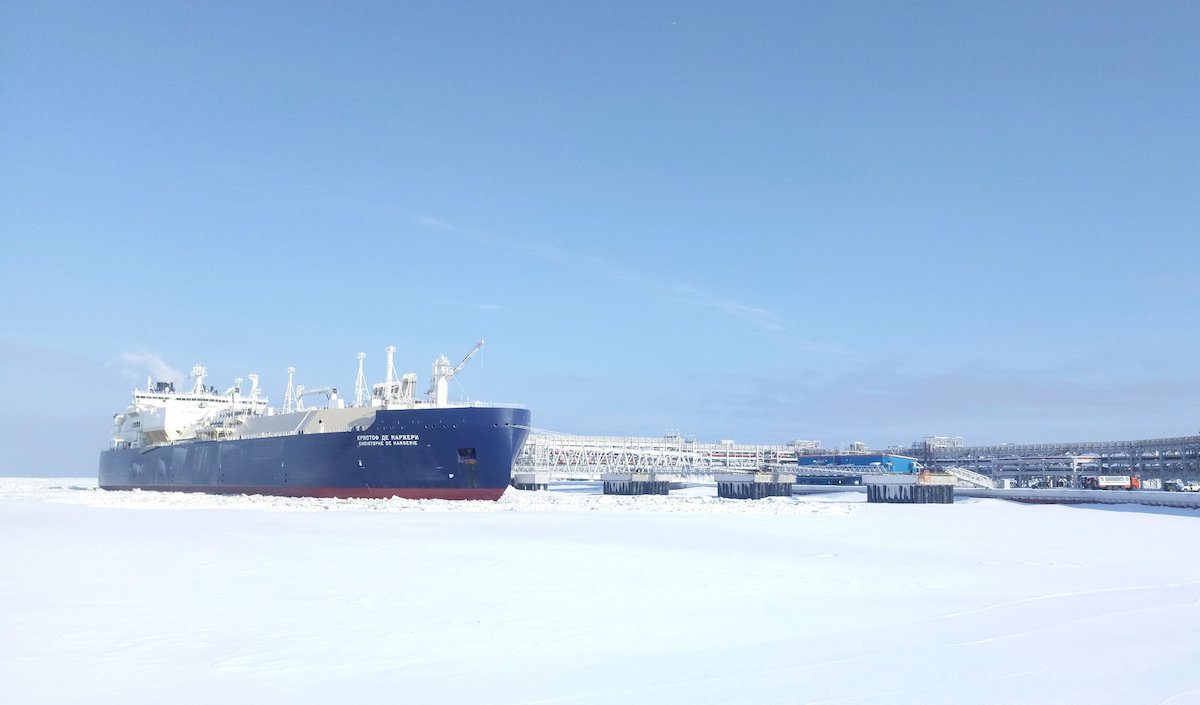The Mediterranean Sea has become the world’s fifth Emission Control Area (ECA) for sulphur oxides starting May 1, 2025. This landmark regulation, adopted by the International Maritime Organization (IMO), will require vessels operating in Mediterranean waters to use fuel with a sulphur content not exceeding 0.10%.
The decision, made during the 79th session of IMO’s Marine Environment Protection Committee (MEPC 79) in December 2022, marks a crucial step in reducing maritime air pollution. Under the new regulations, ships must comply with sulphur limits that are one-fifth of what’s permitted outside the control area – 0.10% mass by mass (m/m) compared to 0.50% m/m.
The environmental impact of this regulation is expected to be substantial. Calculations indicate a 78.7% reduction in sulphur oxide emissions, resulting in an annual decrease of 8.5 million tonnes of SOx released into the atmosphere. Additionally, Particulate Matter (PM 2.5) emissions are projected to decrease by 23.7%.
The Mediterranean region, which handles 20% of global seaborne trade and hosts 24% of the world’s ship fleet, stands to benefit significantly from these new regulations. According to UNEP/MAP studies, the reduced air pollution will prevent approximately 1,100 premature deaths and 2,300 cases of childhood asthma annually. The changes are also expected to improve maritime safety by enhancing visibility across North Africa and the Strait of Gibraltar.
alongside the Baltic Sea area; the North Sea area; the North American area (covering designated coastal areas off the United States and Canada); and the United States Caribbean Sea ECA (around Puerto Rico and the United States Virgin Islands). In 2024, IMO designated two further ECAs: the Canadian Arctic and the Norwegian Sea. In April 2025, MEPC 83 approved a proposal to designate the North-East Atlantic as an Emission Control Area.
The initiative resulted from a collaborative effort between 21 Mediterranean countries and the European Union, coordinated through the Barcelona Convention. The implementation process was facilitated by UNEP/MAP, which served as the forum for intergovernmental negotiations, with technical support from the Regional Marine Pollution Emergency Response Centre for the Mediterranean Sea (REMPEC) and the Plan Bleu Regional Activity Centre.
The Mediterranean SOx ECA joins four existing Emission Control Areas worldwide, alongside the Baltic Sea area; the North Sea area; the North American area (covering designated coastal areas off the United States and Canada); and the United States Caribbean Sea ECA (around Puerto Rico and the United States Virgin Islands). The regulation is expected to benefit both aquatic and land ecosystems in the Mediterranean basin, particularly by preventing acidification.
In 2024, IMO designated two further ECAs: the Canadian Arctic and the Norwegian Sea. In April 2025, MEPC 83 approved a proposal to designate the North-East Atlantic as an Emission Control Area.

 Join The Club
Join The Club











